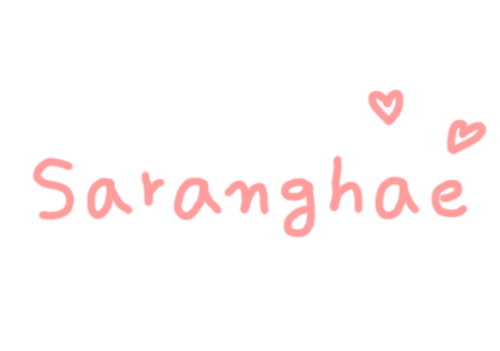Jung Yonghwa - CNBLUE’s Vocal Analysis
❤ KPOP VOCAL RANGE ❤
G#2 ~ G#5 (3 Octaves)
Supported RangeB2/C3 ~ E4
Voice TypeLight Lyric Tenor
Strengths/Achievements Able to support his lower range down to C3/B2 One of the few tenors to be able to support his voice in the second octave Very extensive mixed voice range Support is present in the lower part of his mixed voice up to E4 Even vibrato is produced at times Improvement shown in the lower range Transitions into falsetto can be with relative ease Weaknesses Voice can often sound thin and raspy Lacks resonance and the sound of his voice is small, lacking power Nasality is present throughout his range Larynx early on in his mixed range around F#4/G4 Tongue tension present often in his voice Throatiness happens in the mixed voice and falsetto Falsetto is often airy and raspy Intonation issues can happen often Vibrato can be laggy outside his supported range Breathing technique is very underdeveloped and unexplored Voice is not agile and runs lack connection Registers Lower register: By far his most developed register with little to no exposure in his repertoire. Surprisingly able to produce well supported notes in his lower range around C#3 ~ B2 but with stylistic airiness here and there. Mixed register: very lightly approached, generally lacks a full sense of chest resonance and lacks power. Placement is usually throaty and nasal, lacks true sense of support and although extensive, it shows little to no development technically speaking. Upper register: Very soft, raspy tone. Generally sings with an airy, disconnected falsetto with a tight throat and closed larynx. Transitions can be done with adequate accuracy but the voice shows little to no true head resonance or volume unless pushed. AgilityAs a rock singer with a very clean melodic approach to his singing, Yonghwa’s repertoire does not require him to generally sing with a runs or thrills. However so, he does occasionally need to be able to perform some kind of simple run that’s part of the melody of his covers or songs he chooses to sing and when that’s done, he can easily lose his sense of pitch and control. His thrills are usually smooth and well integrated in his muscle memory, such as in “So Sick“, but when it comes to more slightly more intricate vocal runs, he can easily lose his sense of key, such as in “고해“.
Overall analysisRecently quite a popular vocalist and one of Korea’s most beloved band idol vocalists, Yonghwa debuted with C.N. Blue back in 2009. Following the debut of another band under FNC Entertainment, F.T. Island, CNBLUE’s catchy songs as well as public-friendly charisma earned them the popularity they have today. As their main vocalist, Yonghwa generally sings the most in the group, generally in a higher mid-third octave range up to the fourth octave of the piano, lying in the Tenor tessitura with a light tone and soft sound in his voice. Drawing influences from rock, pop and alternative genres of music, Yonghwa has been able to create a name for himself as an artist in the Korean music industry.
The lowest part of his range is the only part that has shown improvement over the years and the highlight of his voice technically. As a light lyric tenor, Yonghwa’s voice generally shines more in the upper mid third octave to fourth octave range, but even then he’s been able to work on his lower range over the years to produce considerable amounts of tone and keep ease in that range. Even though he may sound uncomfortable and his voice might not shine as much in his lower range he’s able to show support even down to C#3, notably in “Love Me Tender” and “애국가“, and even down to
Comments